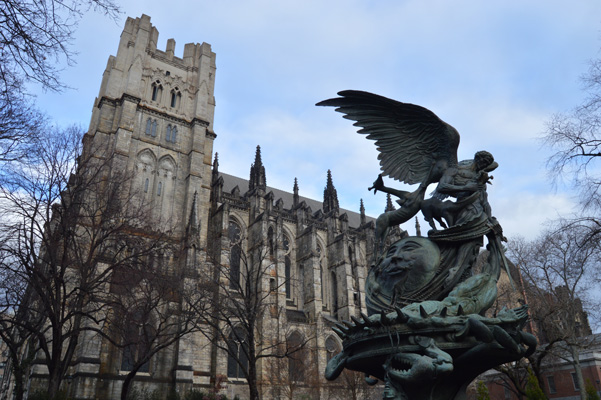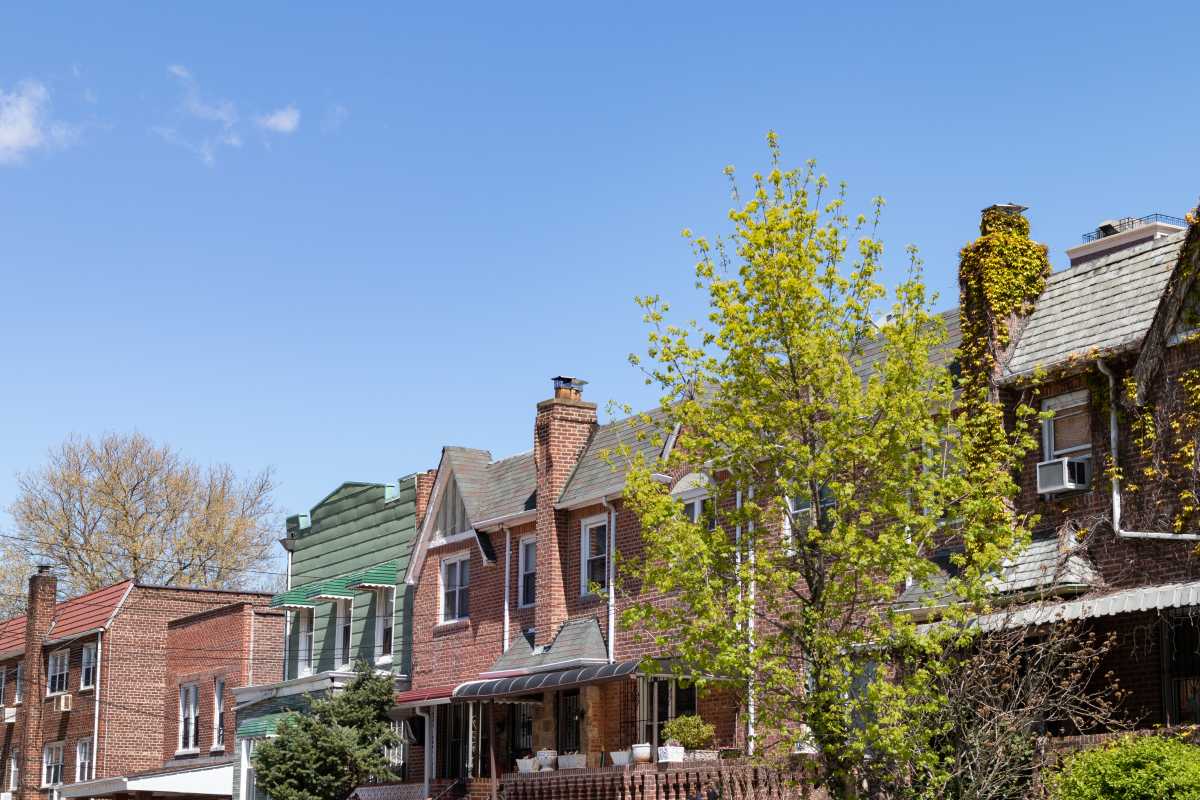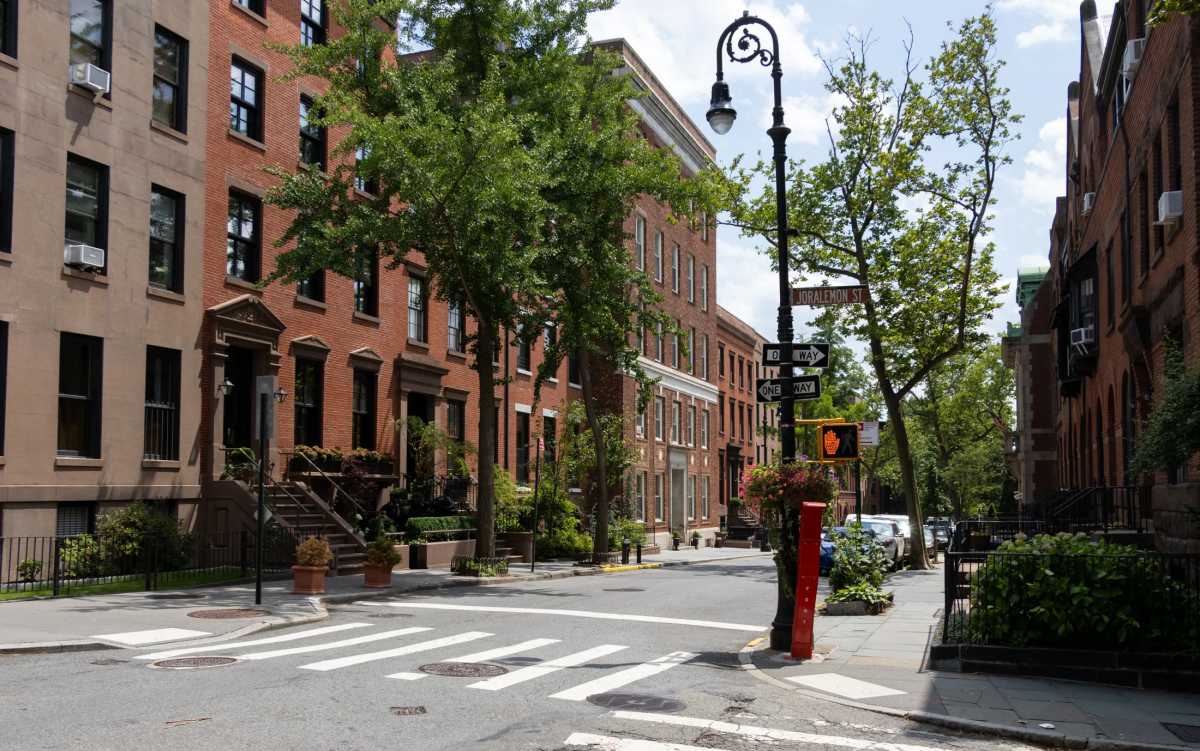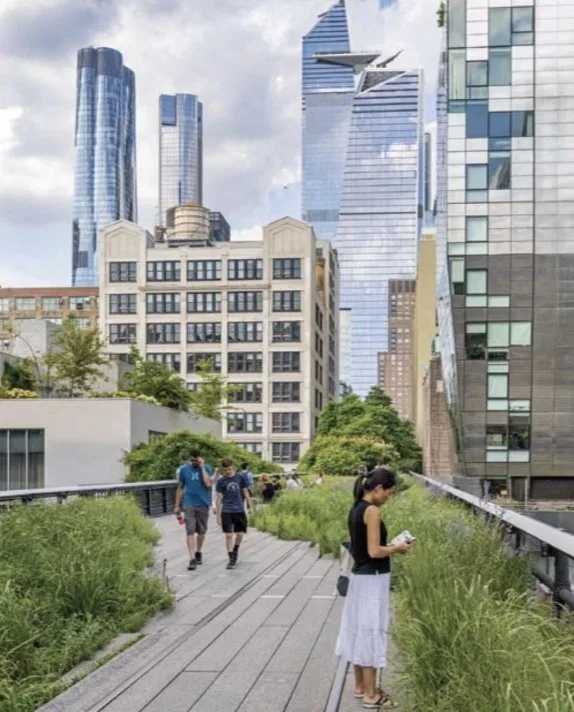
BY JACKSON CHEN | The Landmarks Preservation Commission has designated the Cathedral Church of St. John the Divine, including the surrounding buildings known as its close, a landmark and created the neighboring Morningside Heights Historic District. In two unanimous votes on February 21, more than 115 buildings and one of the largest churches in the world were brought under the purview of the LPC with the aim of preserving their historic legacy.
St. John the Divine at 1047 Amsterdam Avenue at West 112th Street is just one of the seven buildings on its campus that were designated landmarks. The others that make up the cathedral close include the Leake and Watts Orphan Asylum, St. Faith’s House, the Choir School, Synod House, the Deanery, and the Bishops House. Like many massive cathedrals around the world, St. John’s remains an unfinished structure. The commissioners emphasized that the cathedral’s designation is squarely in line with their preservation mission, in part because it is nominally still evolving.
“What makes this designation very unique is that it’s an unfinished building,” LPC chair Meenakshi Srinivasan said. “Our ability to designate and regulate this unusual aspect of this building… I think it goes to some of the things we say: preservation is not static, preservation can look toward the future.”
While the landmark designation should prevent any obtrusive development within the confines of the cathedral close, in the view of some preservationists, the damage has already been done, with two developments that went forward following the City Council’s override of an earlier LPC designation in 2003. The cathedral trustees approved those projects to strengthen their financial position, but more than a decade later they were supportive of the new landmarking effort.
The cathedral sits just outside the newly approved Morningside Heights Historic District, which runs roughly from West 109th to 119th Streets, between Riverside Drive and Amsterdam Avenue. The district encompasses more than 115 buildings developed between the 1890s and the 1920s including several religious institutions. Representatives from both the Broadway Presbyterian Church at 601 West 114th Street and Congregation Ramath Orah at 550 West 110th Street testified during a December 6 public hearing that they wanted to be excluded from the landmark district. However, LPC staff and the commissioners agreed they would not change the new district’s boundaries to exempt the institutions, which they said add to the area’s historic character.
State Assemblymember Daniel O’Donnell, whose West 111th Street apartment is now within the new historic district, said that this designation would guide future changes in his neighborhood and allow a venue for community input.
“The vote was in favor of protecting the cohesiveness of our neighborhood by establishing a historic district that includes 115 buildings,” O’Donnell said in a press release. “This decision is more important now than ever before, with non-contextual development occurring throughout the Upper West Side.”
For Laura Friedman, the president of the Morningside Heights Historic District Committee, 20 years of rallying for neighborhood protections culminated in her first victory.
“We’re very happy and very excited, this particular commission has been very open and interested in what we had to say,” Friedman said. “We look forward to going back in… This is really what we consider the first phase of the historic district.”
She noted that areas north of West 125th Street and east of Amsterdam Avenue are still vulnerable to overdevelopment and her group will continue its efforts with the LPC to try to expand the district’s borders.
“The neighborhood was developed as a piece,” Friedman said, adding that the LPC also alluded to that history. “But then they didn’t go the distance on it this time. However, we’re settling for that first phase.”





































